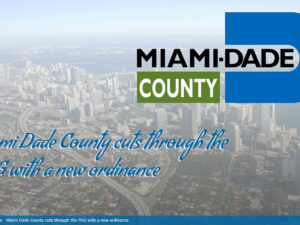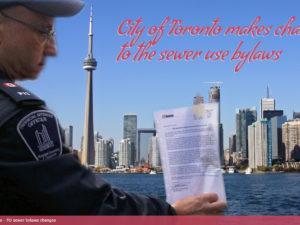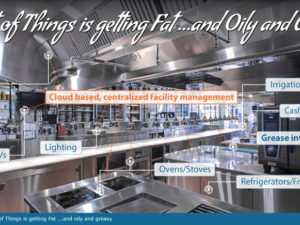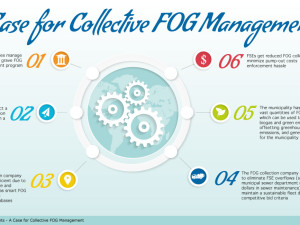
The smart-tech-revolution and the Internet of Things
Last week I re-watched some of the Terminator movies in preparation for the new one that just came out. All those sentient robots and the super-intelligence system Skynet got me thinking.
A lot of SciFi movies talk about some distant future where humanity is relying heavily on technology, where everything is connected, machines are “intelligent”, and the results are quite often scary: Minority Report, The Matrix, 2001:A Space Odyssey just to name a few.
The reality is that, to a certain degree, the smart-tech-revolution is happening RIGHT NOW, as you’re reading this!
Where is the Internet?
Think about it! Only a decade ago, it was easy to describe what the Internet was and how you could connect to it: PCs and laptops! Today, literally anything can be connected and access the global computing network.
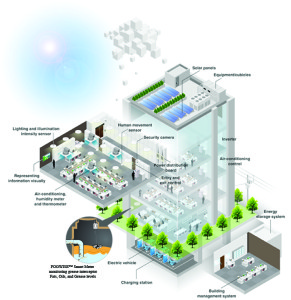
(Click to enlarge) Example of a smart building fitted with numerous sensors tracking and managing resources efficiency
Our everyday reality is becoming more and more dependent on gizmos and smart tools – each serving a very specific purpose that is – making our lives that much more comfortable, more enjoyable and helping us in make better use of our resources. You’re all familiar with the smart bracelets, smart watches, drones, car sensors, smart TVs, thermostats, Bluetooth toothbrushes and intelligent tennis-racquets. There is also a slew of smart systems out there – that you probably don’t see and think about all that much: traffic lights, water meters, carbon monoxide sensors, public lighting, parking lots, public transport – they are all networked and internet enabled; and really that’s just scratching the surface of what’s possible.
“It’s all interconnected” – what an understatement!
One of CISCO’s predictions states that by 2017 every individual in NA will own on average at least 5 Internet enabled devices. You can double that number if you add all the smart systems that we interact with daily.
We are definitely experiencing a new era. Many call it: the Internet of Things (IoT) – an ubiquitous ad hoc open network of sensors for information systems (Kevin Ashton).
The Internet of Things has exploded into our lives over the past couple of years whether we like it or not. One simple way of verifying this is by asking Google, of course. You can study this Google Trends graph that illustrates the searches for “Internet of Things” and “IoT” over the past 11 years.

Google Trends graphic for the “Internet of Things” and “IoT” search terms in between 2004-2011
IoT is a hot topic that is making its way into the corporate life also. Businesses are always striving for more control over the use of their recourses and even more so over their expenses.
The Internet of Things – creating value out of waste
Below is an example of an Internet enabled smart tool that stands at the heart of an entire ecosystem benefiting restaurants, food service establishments, food processors and the municipalities they belong to. ECOInsight Instruments has developed and brought to market the FOGWISE smart meter – a remote level monitor for grease interceptors. It plays an important role in informing all stakeholders about the volumes of Fat, Oil and Grease (FOG) in interceptors throughout the municipality. This way FOG collection is optimized and digester feedstock volumes can be accurately planned.
This is a FOG ecosystem model where FOG hauling contracts are managed by the city (similar to private waste management contracts) and the FOG resource is subsequently owned by the municipality for beneficial use under the contract.
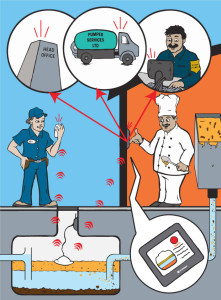
(Click to enlarge) The FOGWISE ecosystem – the smarter path to a blockage free municipal sewer system
When homes, roads, offices and even grease interceptors are connected it’s possible to get real-time information from every device and make more educated decisions. This means that policy-makers can quickly see the impact of their laws and regulations on constituents and allocate resources more wisely.
The prospect of an intelligent FOG ecosystem raises some important questions for planners and regulators. How do you integrate the new automated infrastructure with the current one? Networked grease interceptor smart meters produce significant financial gains and positive impact on the environment. These are not predictions, they are facts. The lawmakers need to be more supportive of and even enforce the use of new, safer technologies.
Once smart devices are connected to the Internet, they will eventually be connected to each other. That interconnectedness along with machine learning will enable the Internet of things to become more proactive, anticipate problems and take better decisions (fortune.com). Though it was a similar thought process that prompted the Terminator guys to activate Skynet… the Internet of Things is inevitable, it’s actually here already! And that is a good thing. It’s far too easy to assume that this is all exaggerated, or that risks such as privacy and security will outweigh the rewards. While healthy skepticism is important, fear will result only in suffocating innovation.
If you are interested to read more about the Internet of Things, here is a great collection of articles by Politico.com.

